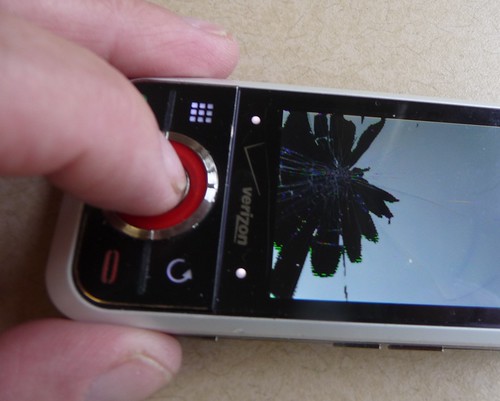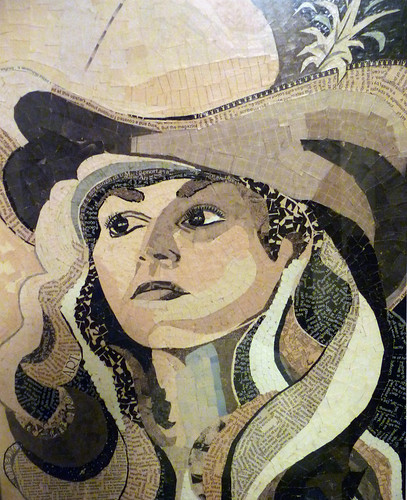
By Scott Beveridge
The peace sign has crossed the line.
Once a revolutionary symbol of 1960s anti-Vietnam War movement, it went into obscurity for decades only to emerge, everywhere as a trendy fashion design.
It can be found throughout most malls on flip flops and water bottles, across T-shirts and purses and even as blig on key chains and necklaces. A year ago, Lucky Brand was selling a peace sign necklace with a miniature tambourine bearing the words “Peace Love,” items that would have made the perfect Christmas gift for a modern-day naked hippie chick who likes to attend Phish concerts.
Admittedly, US college students borrowed the peace sign from the British, who designed it for their nuclear disarmament movement, and used it to protest the war draft, Nixon’s secret bombings of Cambodia and police brutality against demonstrators. It became iconic for a generation that fought the establishment and commercialism while vowing to never conform. Well some of their promises would become broken.
But, the peace sign was worn proudly, even though some Christians at the time denounced the symbol as sacrilegious because, to them, it represented an upside-down cross.
Who knew then it would someday be worn as a pattern on a winter scarf by members of a new generation that might despise war, but does not have the convictions to stand up to its government.
The peace sign has become mainstream at a time when the US has spent more money in Iraq than it did in Vietnam, making the war in Iraq the “second most expensive conflict in American history, behind World War II,” the Los Angeles Times has reported.
Today’s youth certainly would feel differently about the use of its clothing to make a political statement if this county had returned to the draft to recruit cannon fodder for Iraq, Afghanistan and the illusive war against terrorism.













